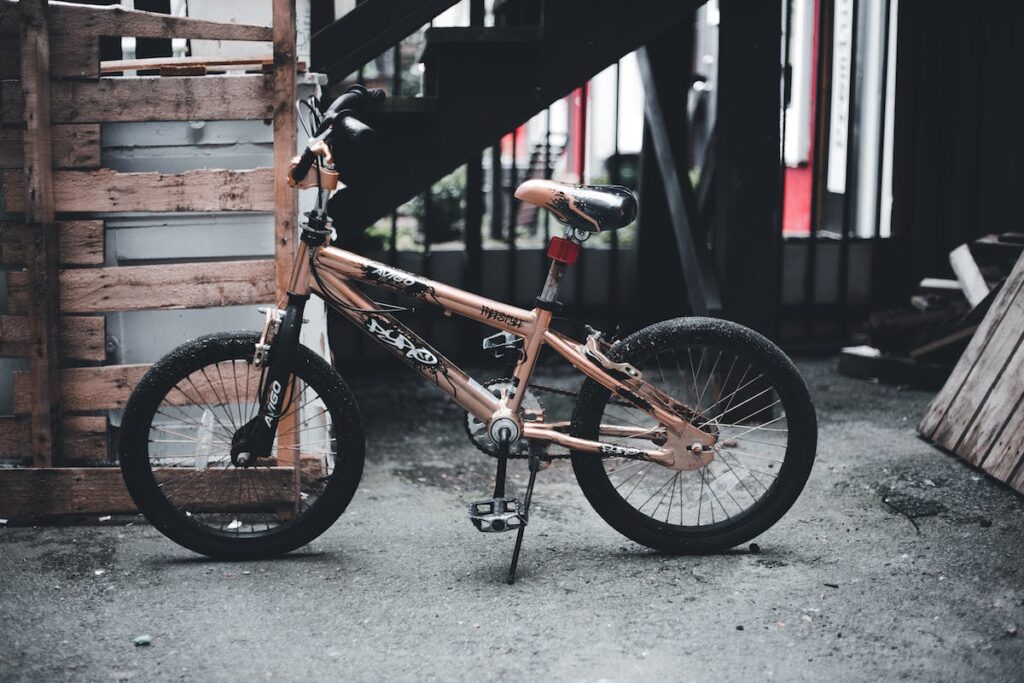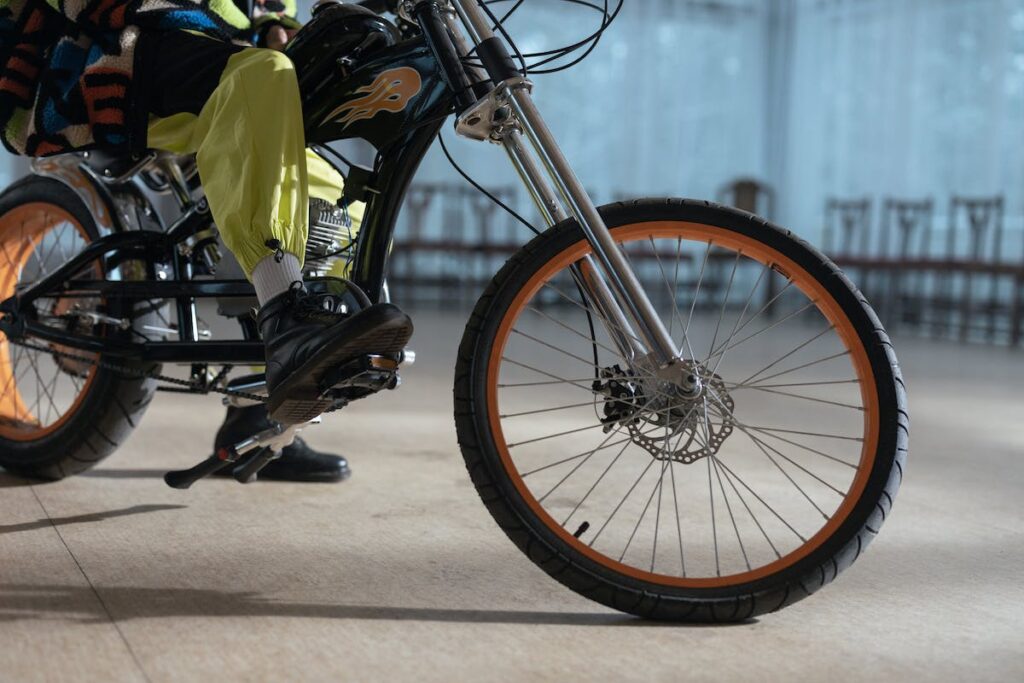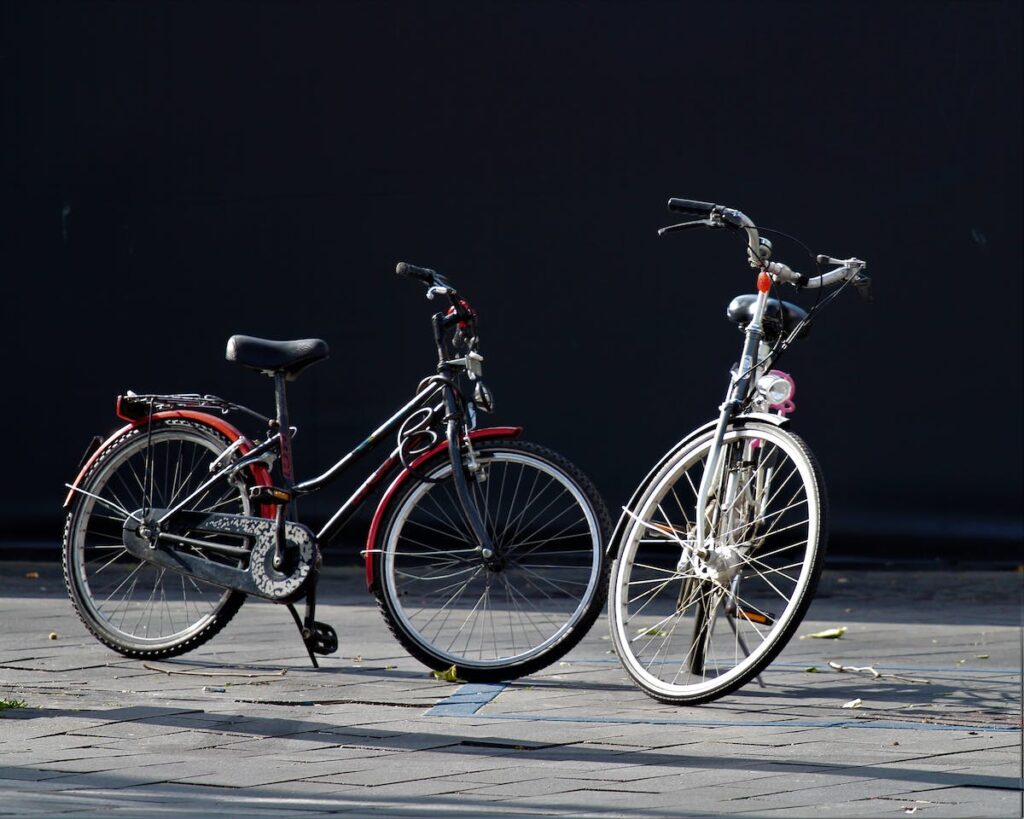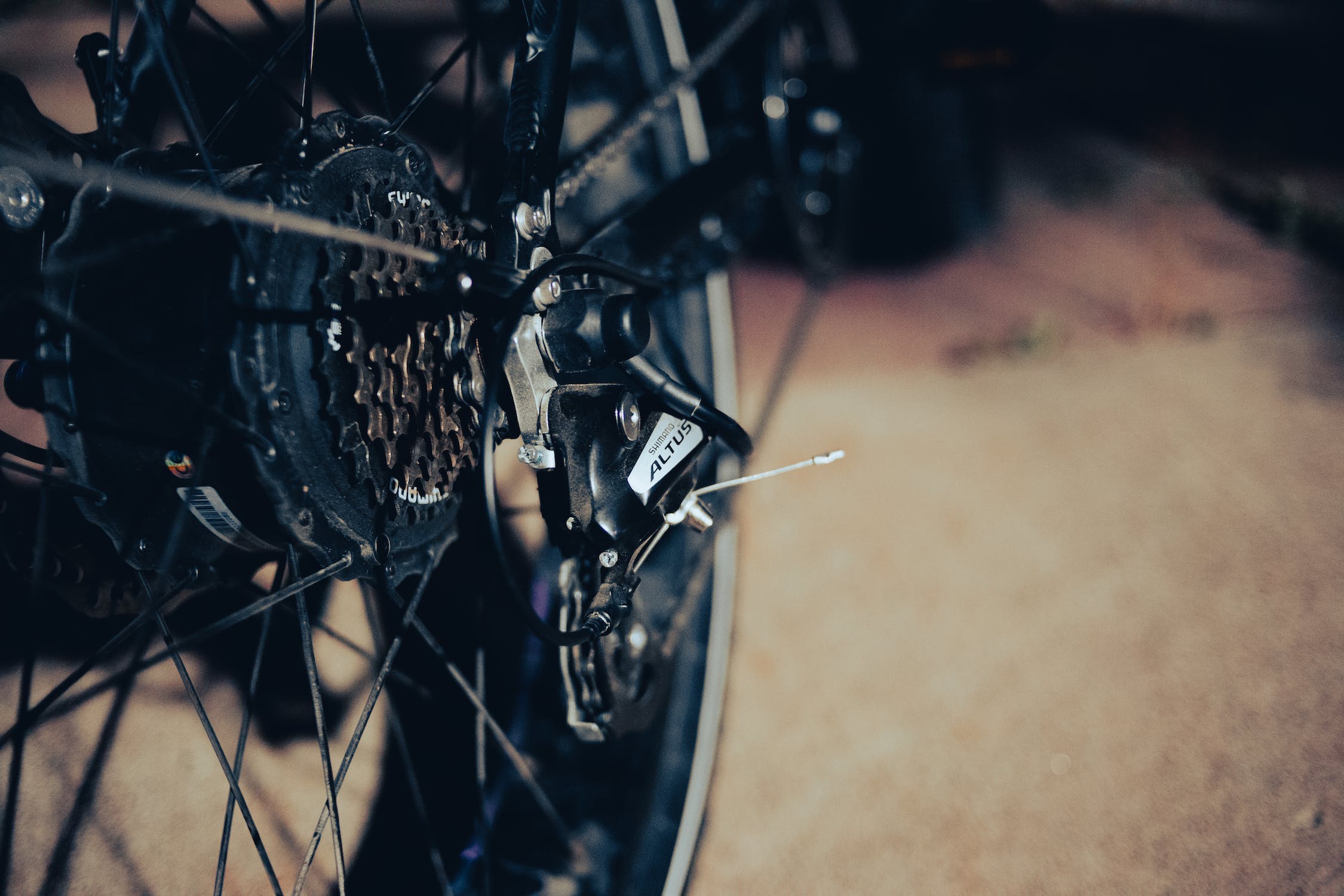A bike derailleur is a tool that switches gears by rolling the chain from one sprocket to another.
Derailleurs are essential parts of a bicycle gearing system. It consists of a metal fork that pushes the bike chain sideways, moving it from one sprocket or sprocket to another.
This element is found in the vast majority of recreational, road or mountain bikes. The bicycle shifter generally has a long service life, but like any mechanical component, it is subject to wear. Along with regular maintenance, you also need to consider a regular replacement. A worn derailleur cannot move the chain properly from one gear to another, causing performance issues.
If you’re in the market for a new bicycle derailleur, you may be overwhelmed by the number of options available. Choosing the right derailleur is crucial to ensure smooth shifting and efficient pedaling. In this article, we’ll cover the different types of derailleurs, and how to choose the right one for your needs.
Types of Derailleurs.
There are two main types of derailleurs. They are the front and rear derailleurs. The front derailleur is responsible for shifting the chain between the chainrings, while the rear derailleur shifts the chain between the cassette sprockets. Within these two categories, there are several subtypes:
Front derailleurs.
Clamp-on: This type of derailleur attaches to the seat tube using a clamp.
Direct mount: This type of derailleur bolts directly onto the frame.
Braze-on: This type of derailleur is designed to be brazed onto the frame.
Rear Derailleurs.
Short cage: This type of derailleur works best with smaller cassettes (up to 28 teeth).
Medium cage: This type of derailleur can accommodate larger cassettes (up to 34 teeth).
Long cage: This type of derailleur is designed for the largest cassettes (up to 40 teeth).
Features to Consider when choosing a bicycle derailleur.
When you are choosing a derailleur, there are several features you have to consider:
1. Speeds:

Derailleurs are designed to work with a certain number of speeds, so make sure you choose one that matches your bike’s drivetrain.
2. Cage length:

As we’ve mentioned earlier, the length of the derailleur’s cage will affect its compatibility with different cassette sizes.
3. Brand compatibility:

While many derailleurs operate with a wide range of bicycle brands, some might only be compatible with a particular brand or model.
Cable pull ratio: This refers to the amount of cable the derailleur moves in response to a shift command. Different brands and models have different cable pull ratios, so make sure to choose one that matches your bike’s shifters.
4. Weight:

Although it’s not the most crucial element, weight is something to take into account if you’re worried about the overall weight or performance of your bike.
Choosing the Right Derailleur.

To choose the right derailleur for your needs, start by considering your bike’s current setup. How many speeds does it have? What brand are the shifters and other components? Once you know this information, you can narrow down your options by looking for derailleurs that are compatible with your bike.
Next, consider your riding style. Do you do a lot of climbing? If so, you may want to opt for a long cage rear derailleur to accommodate a larger cassette. Do you do a lot of racing or high-speed riding? You may want to choose a lightweight derailleur with a short cage for faster shifting.
Finally, consider your budget. Derailleurs range in price from around \$20 to \$400 or more. While a higher-priced derailleur may offer better performance or durability, it may not be necessary for your needs.
Conclusion:
One of the key aspects of power transmission is the bicycle gear system. Making the proper bicycle derailleur selection is essential for effective shifting and pedalling. When making your selection, take into account the style, attributes, and compatibility with your bike.
Finding the proper sort of derailleur and derailleur for your bike shouldn’t be too difficult if you use the advice in this article. You may experience a smoother, more effective ride by taking the time to select the ideal derailleur for your requirements. If you’re unsure, just consult a reliable mechanic. Happy cycling!

